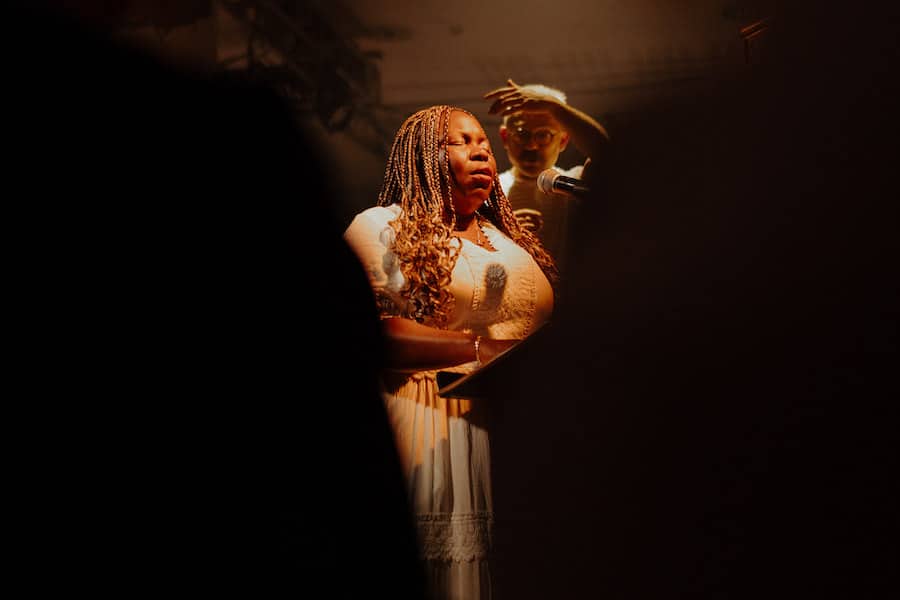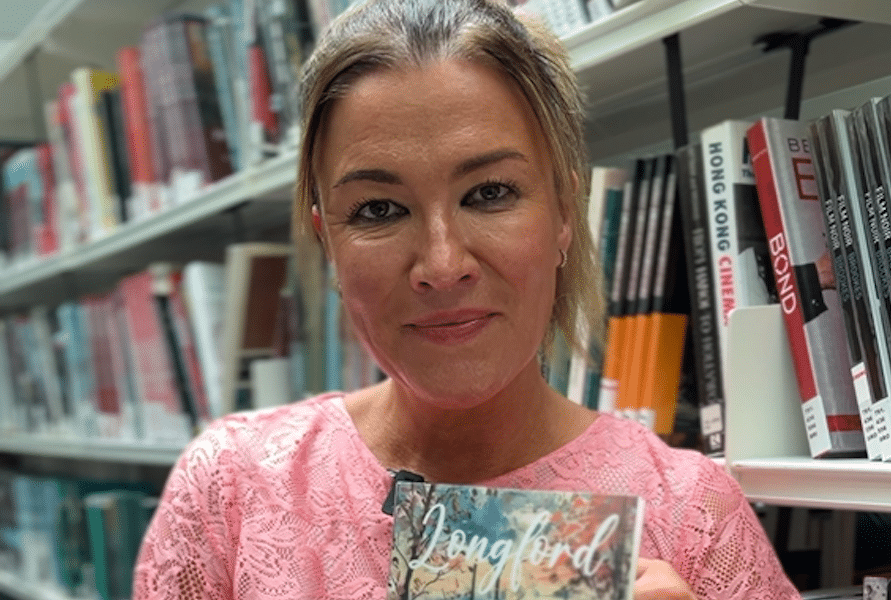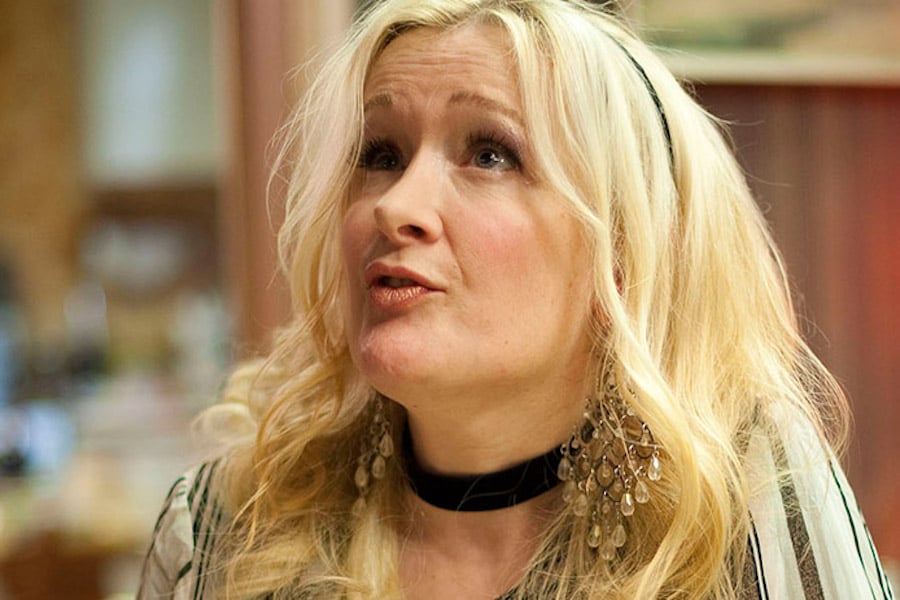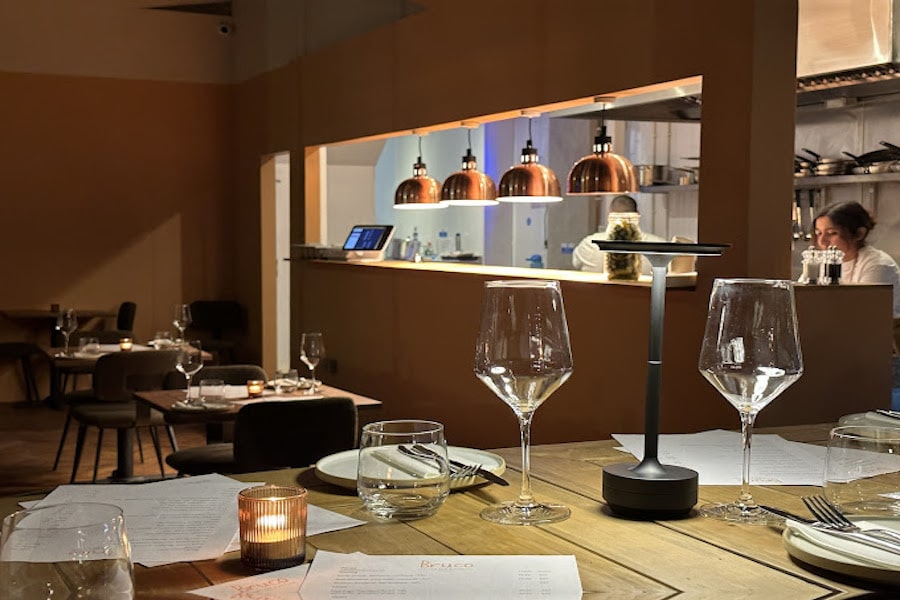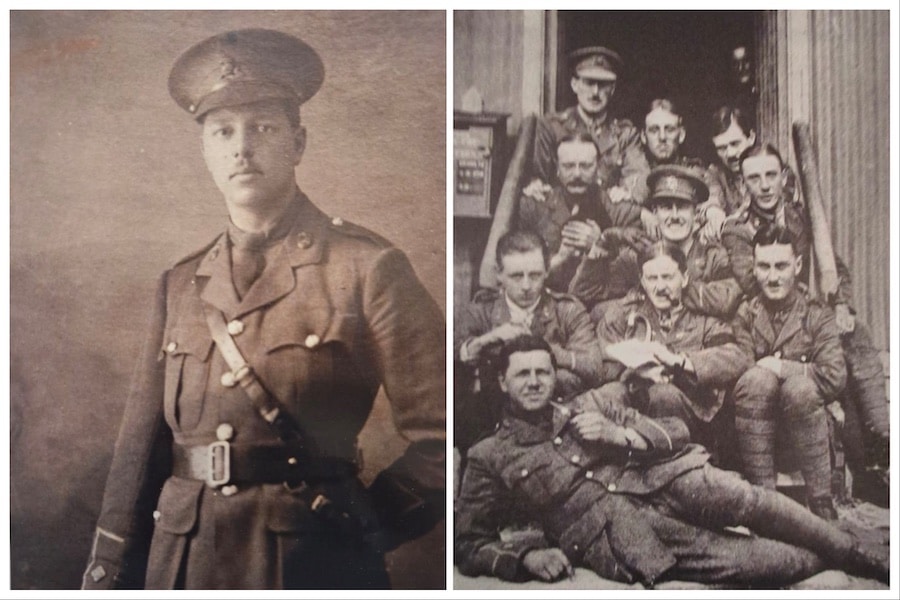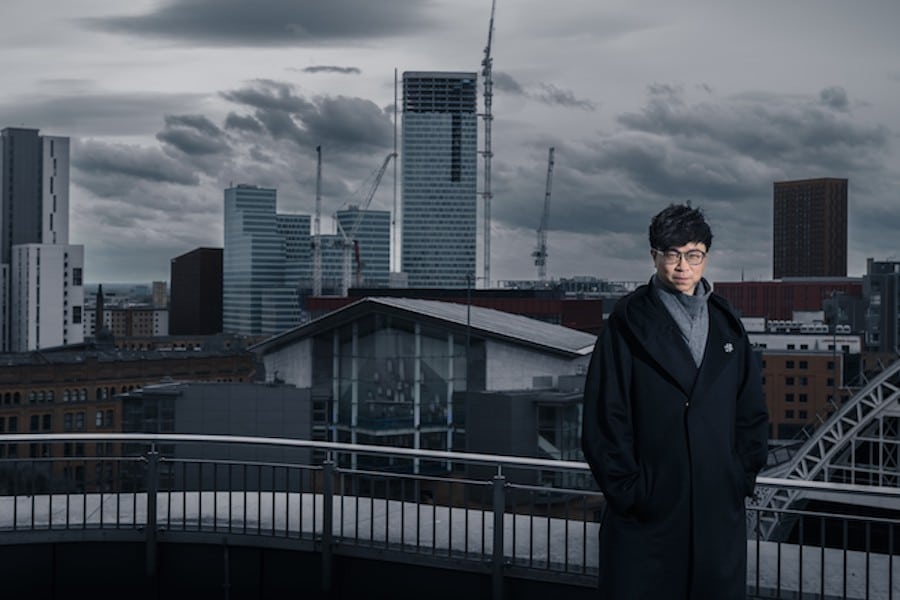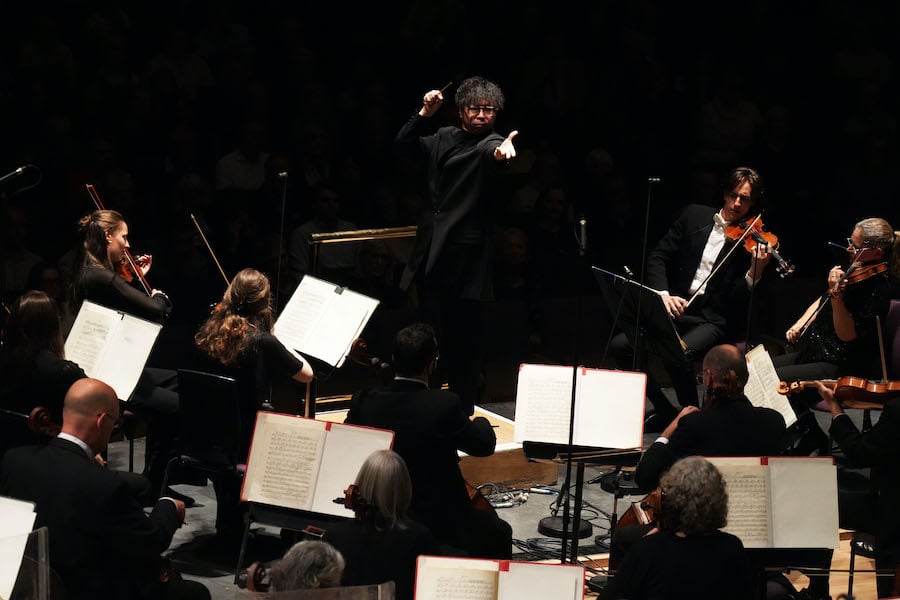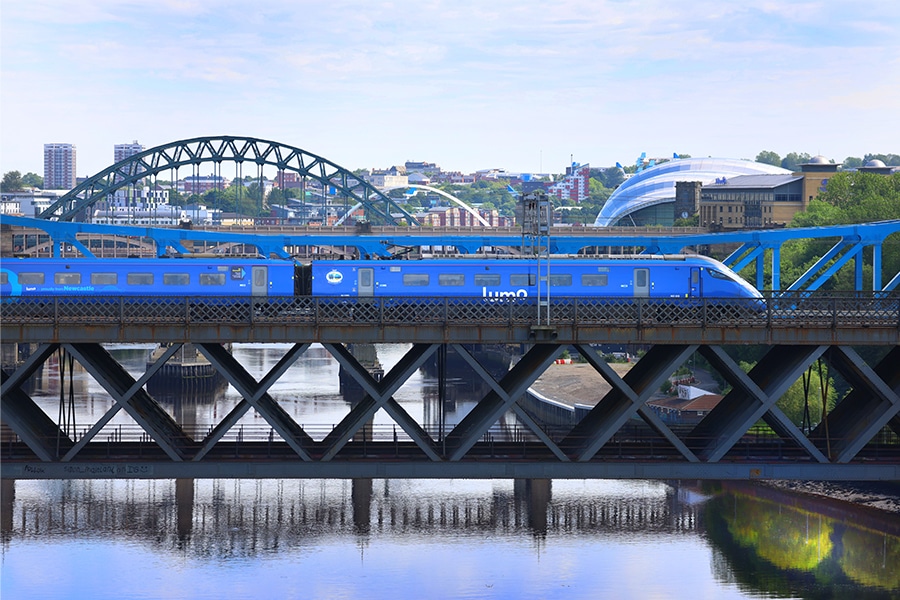Exploring the 150 year history of the Printworks
- Written by Thom Bamford
- Last updated 10 months ago
- City of Manchester, Cornerstone, Culture, Featured, History, People
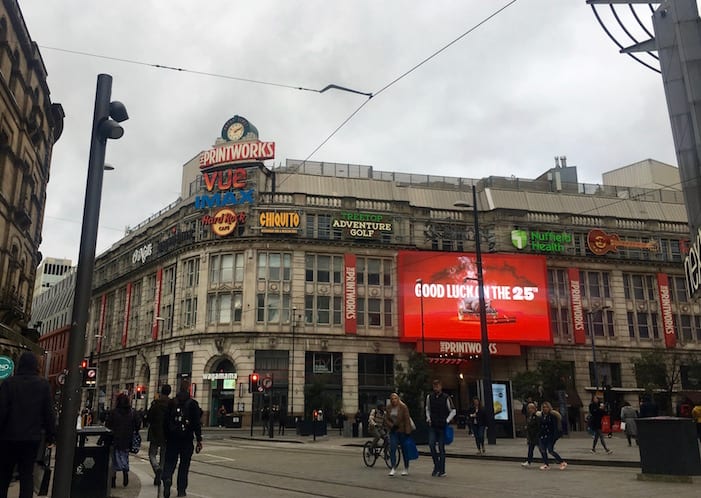
Manchester’s Printworks has had a long and storied history.
Undoubtedly, it’s an attractive building and has seen a lot of change over the years.
Mirroring the beautiful Corn Exchange, it forms part of the Medieval Quarter that includes Chetham’s School of Music, too.
As it gradually emerges from renovations having been under wraps for seemingly forever, it’s time to reflect on the fascinating building and a Manchester landmark as it celebrates its 150th year of existence.
The Withy Grove Printing House – 1873-1924

In 1873, Edward Hulton laid the foundations for the Printworks we know today when he established the WIthy Grove Printing House.
Edward Hulton (1906–1988) was a British publisher and media proprietor. He was born on November 3, 1906, and was the son of Sir Edward Hulton, the founder of the Hulton Press.
During World War II, Picture Post played a significant role in shaping public opinion and providing a visual record of the war’s impact on the home front. Edward Hulton Jr. was involved in the management of Picture Post during this period.
Over the years, this venue at the corner of Withy Grove and Corporation Street transformed, evolving from a publishing house to Chronicle Buildings, Allied House, and ultimately Kemsley House by 1924.
The glory days of Kemsley House – 1925-1984
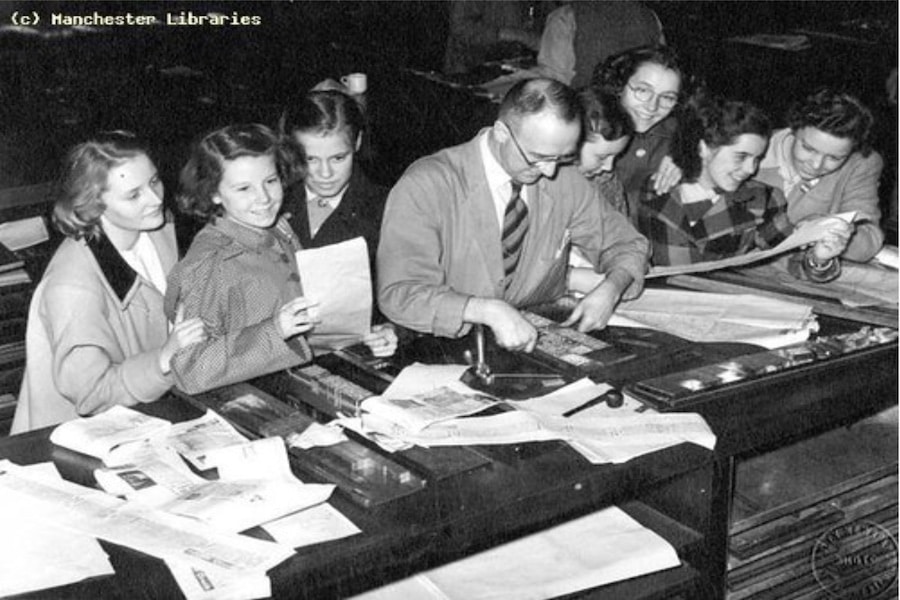
Kemsley House flourished, becoming Europe’s largest newspaper printing house by 1929.
Renowned as ‘Fleet Street of the north,’ it played a pivotal role in producing major dailies like the Manchester Evening Chronicle and the Daily Mirror. It even printed papers you may never have heard of, like the Sunday Graphic.
The closure of the Manchester Evening Chronicle was a significant moment in the history of British newspapers, and it mirrored broader trends in the decline of evening papers and the challenges faced by print publications in the face of evolving media technologies and consumer preferences.
This era marked a hive of journalistic activity, including printing northern editions for various daily papers, solidifying its status as a journalistic powerhouse.
The Printworks in Robert Maxwell’s shadow – 1985-1992
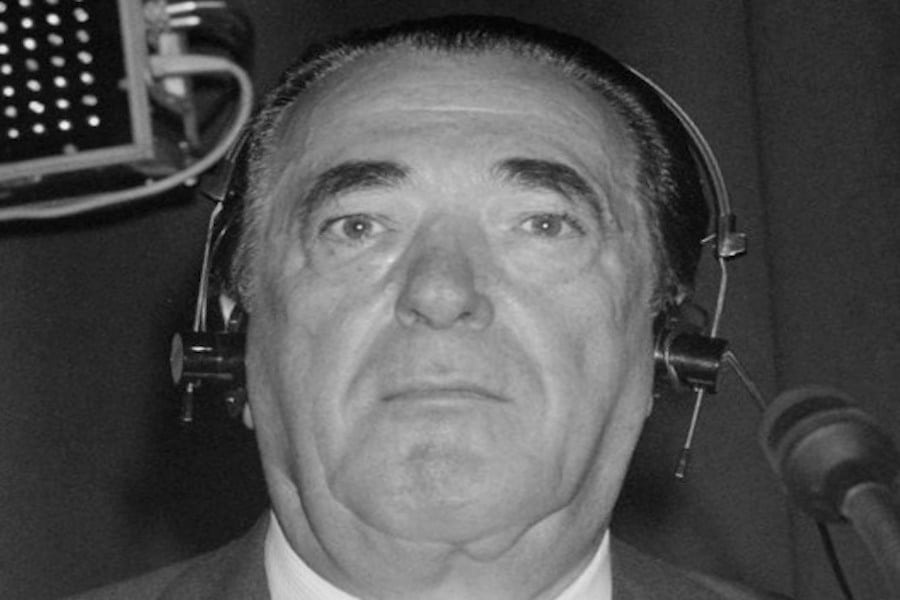
In 1985, the facility, previously home to a printing press, underwent a notable change in ownership when acquired by the well-known media figure, Robert Maxwell, at a nominal cost of £1.
This transaction immediately sparked concerns about the job security of the workforce.
It was subsequently rebranded as Maxwell House.
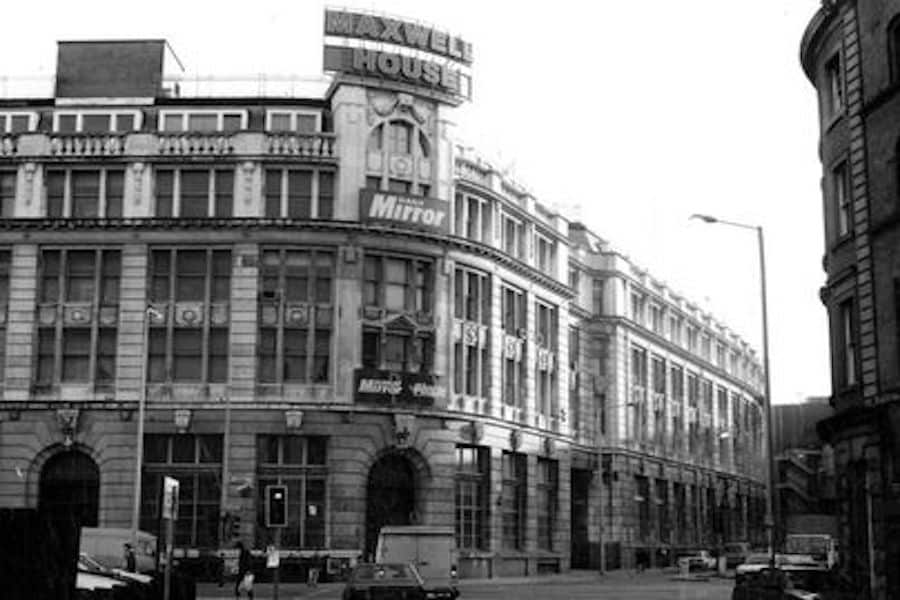
Maxwell’s ambitious expansion of his media empire led to unsustainable borrowing, compelling him to resort to desperate measures, including the depletion of the pension fund to sustain his company.
In the early 1990s, it was revealed that Robert Maxwell had misappropriated hundreds of millions of pounds from the pension funds of his employees to shore up the financial difficulties of his companies.
Maxwell had used the pension funds as collateral for loans to support his business empire, which included companies such as Mirror Group Newspapers.
The scandal came to light on 19th November when Robert Maxwell went missing from his luxury yacht.
His body was later found in the Atlantic Ocean. It was determined that he had died, but questions about the financial affairs of the Maxwell Group emerged.
Following the closure of Maxwell House, the premises remained dormant for a decade.
It became an unoccupied eyesore for a while, frustrating residents who could see the potential in such a beautiful building.
Ironically, the IRA bomb would mark a turning point in the history of the building.
While the building itself was not bombed, the destruction wrought by the bomb prompted the city authorities to rethink the development of the dysfunctional city centre.
The building was included in renovation plans known widely as the Exchange Square Redevelopment after the bombing incident.
However, the entertainment venue as it is today only launched in November 2000.
The Printworks rising from the ashes – 1993-2015

Post the 1996 IRA bombing, Shudehill Developments, a collaboration of the Co-operative Wholesale Society and Co-operative Insurance Society, acquired the site in 1998.
It was rebranded as The Printworks and underwent a massive £110 million transformation, opening its doors in 2000 with the star-studded presence of Alex Ferguson and slightly bizarrely, Lionel Richie.
Sir Alex Ferguson launched the complex by kicking a football through a goalmouth underneath the stage.
The lead performer on stage was Lionel Ritchie and the event climaxed with a spectacular firework display by Walk The Plank.
Entertainment hub unleashed: 2000 Onwards
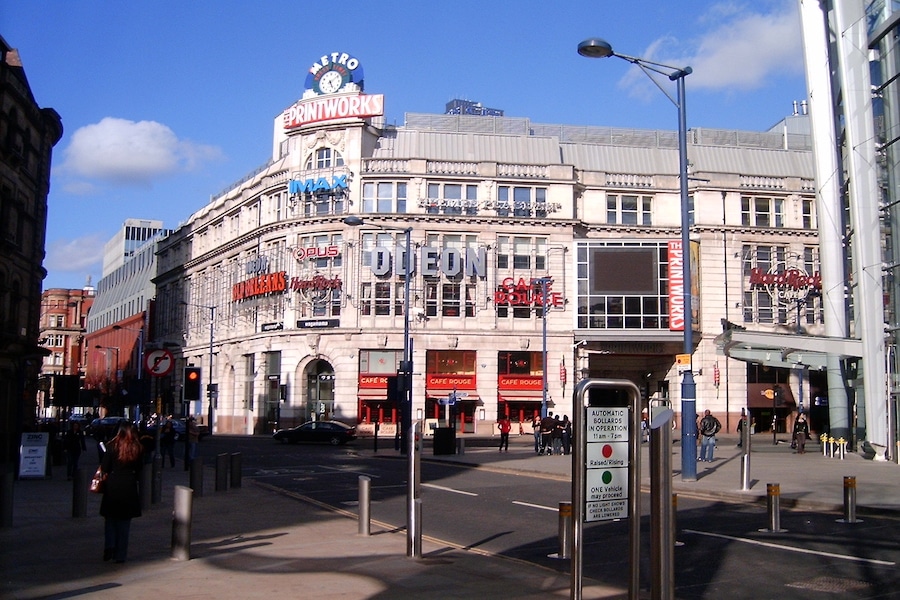
Since reopening in 2000, Printworks morphed into a 365,000-square-foot entertainment behemoth.
Home to Vue Cinemas with the first IMAX screen in the northwest, a Nuffield Health fitness club, Hard Rock Cafe, and much more.
Ownership Evolution
Printworks witnessed changes in ownership, transitioning from Resolution Property’s £100 million acquisition in 2008 to Land Securities taking the reins for £93.9 million in 2012.
150 Years of Printworks’ legacy
Printworks’ journey, from a printing press to an iconic entertainment complex, spans 150 years of Manchester’s history.
From its early days to the present, The Printworks has not only witnessed but actively contributed to the city’s growth. From the highs of its days as Fleet Street of the North to its period of being unoccupied, to its modern revival as an exciting entertainment hub, the building has mirrored the fortunes of the city.
And as things are as good as they have ever been in Manchester, who knows what’s next for The Printworks.
The nostalgia of the past mingles with the excitement of the present, creating a unique history that defines Manchester’s spirit.
You can find out more on their website by clicking here
- This article was last updated 10 months ago.
- It was first published on 20 December 2023 and is subject to be updated from time to time. Please refresh or return to see the latest version.
Did we miss something? Let us know: [email protected]
Want to be the first to receive all the latest news stories, what’s on and events from the heart of Manchester? Sign up here.
Manchester is a successful city, but many people suffer. I Love Manchester helps raise awareness and funds to help improve the lives and prospects of people across Greater Manchester – and we can’t do it without your help. So please support us with what you can so we can continue to spread the love. Thank you in advance!
Got a story worth sharing?
What’s the story? We are all ears when it comes to positive news and inspiring stories. You can send story ideas to [email protected]
An email you’ll love. Subscribe to our newsletter to get the latest news stories delivered direct to your inbox.

“Great food at excellent value” An authentic taste of Naples arrives in Ancoats
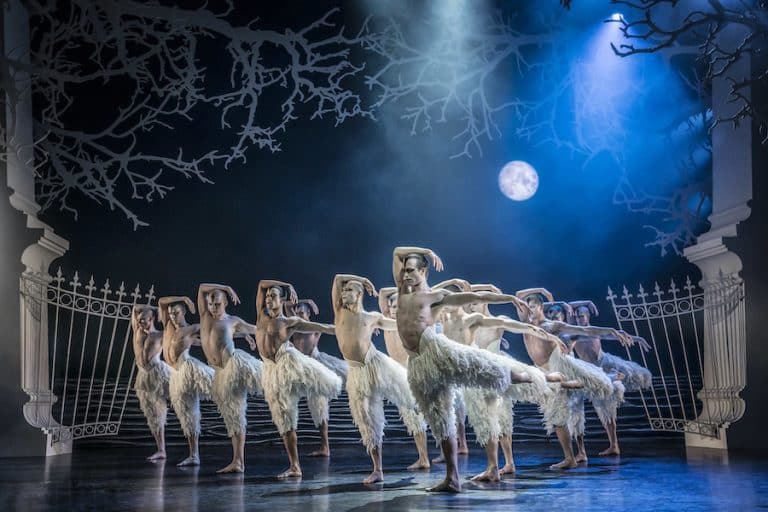
Review: Matthew Bourne’s Swan Lake at the Lowry is ‘a bold, contemporary twist on a timeless classic’
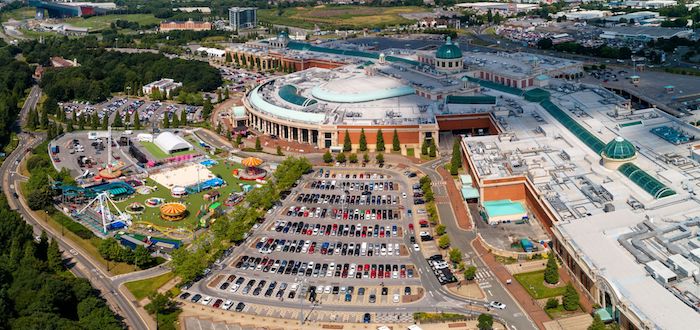
Convenience meets luxury with Trafford Centre’s premium parking
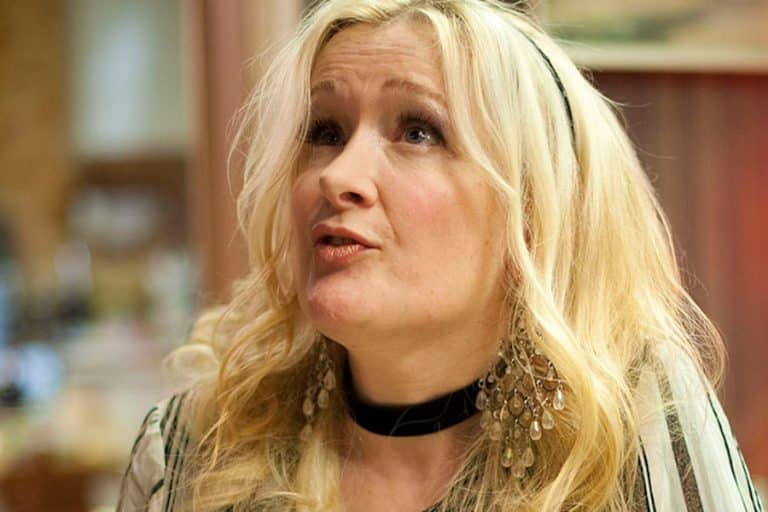
Comedian spearheads campaign for a statue of beloved comic Caroline Aherne
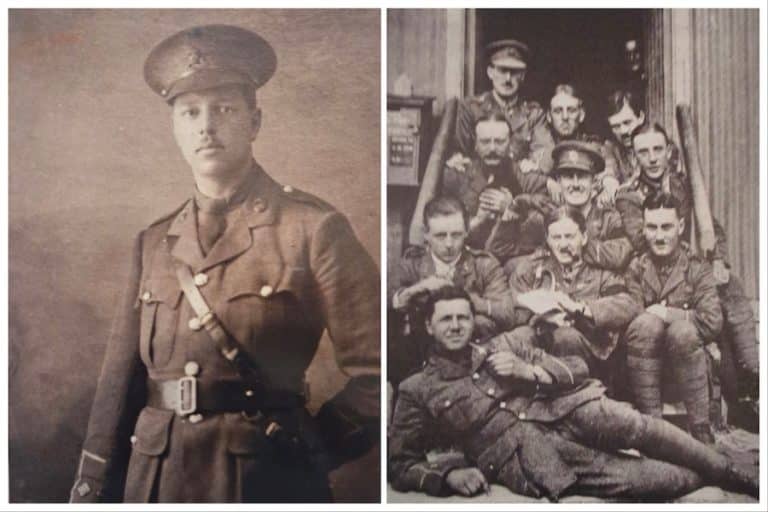
From Altrincham to the Somme: WW1 officer’s poignant sketches to go on display as part of Remembrance Exhibition







